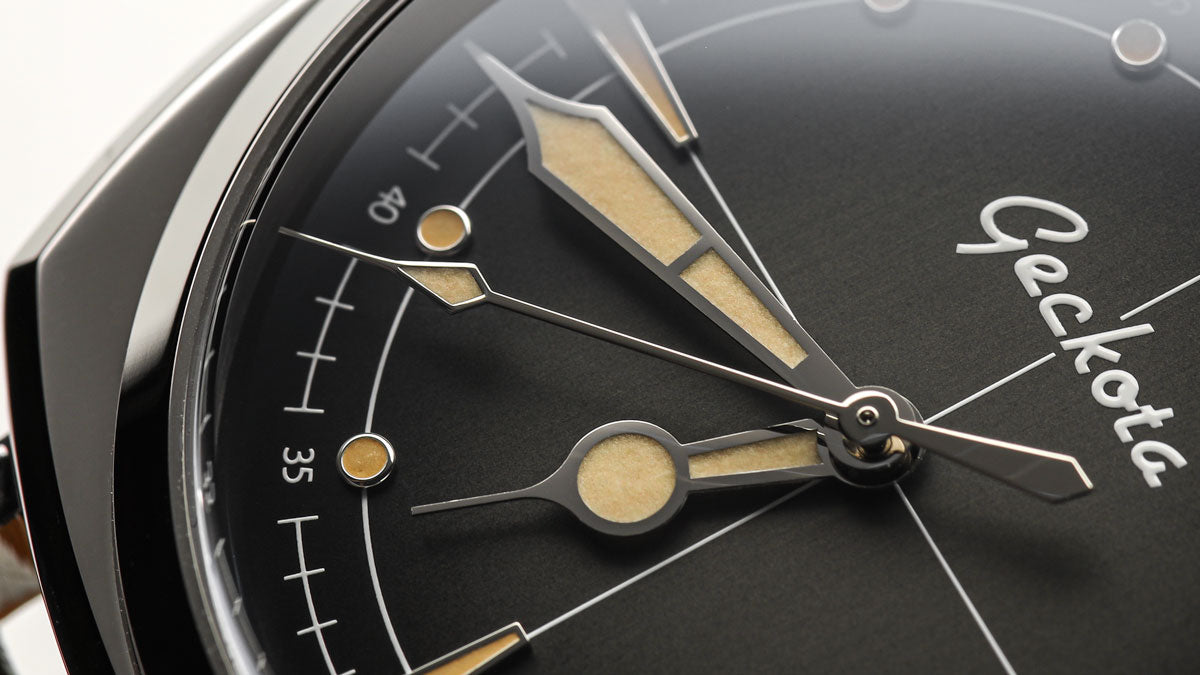SHIPPING WORLDWIDE WITH ALL IMPORT TAXES PRE-PAID
SHIPPING WORLDWIDE WITH ALL IMPORT TAXES PRE-PAID
SHIPPING WORLDWIDE WITH ALL IMPORT TAXES PRE-PAID


Categories
November 26, 2019 5 min read
 The Geckota G-02 GMT made with Cinema 4D R20 x Octane Render
The Geckota G-02 GMT made with Cinema 4D R20 x Octane Render Geckota G-01 39mm case print - Prusa i3 MK3 3D printer
Geckota G-01 39mm case print - Prusa i3 MK3 3D printer Geckota G-01 39mm case print result
Geckota G-01 39mm case print result The Geckota G-02 GMT made with Cinema 4D R20 x Octane Render
The Geckota G-02 GMT made with Cinema 4D R20 x Octane Render Cinema 4D R20 Interface
Cinema 4D R20 Interface Octane Camera Settings Interface within Cinema 4D x Octane
Octane Camera Settings Interface within Cinema 4D x Octane Warrington Solid Stainless Steel Watch Strap with Curved End Pieces for Geckota Solid Warrington 3D render made in Cinema 4D R20 x Octane
Warrington Solid Stainless Steel Watch Strap with Curved End Pieces for Geckota Solid Warrington 3D render made in Cinema 4D R20 x Octane
February 08, 2024 2 min read
Read More
About the Author: Greg Mayo
About the Author: Greg Mayo
At Geckota our mission is to provide watch lovers, enthusiasts and collectors with a unique opportunity to own and cherish luxury and contemporary timepieces and accessories that reflect modern life.
More Articles by Greg Mayo